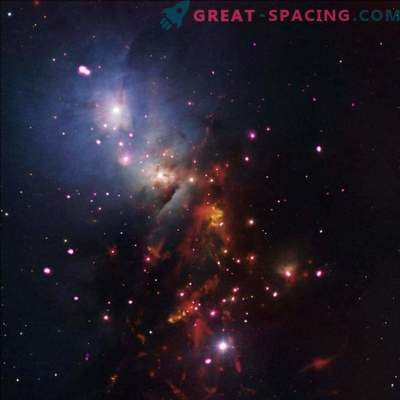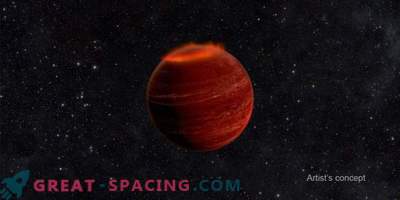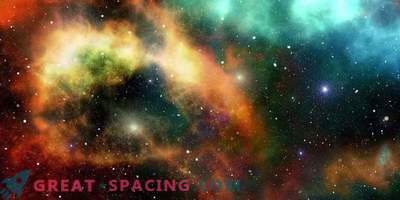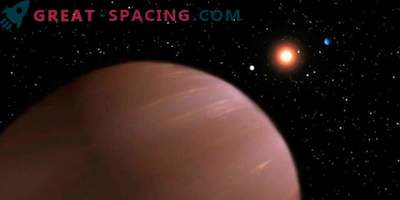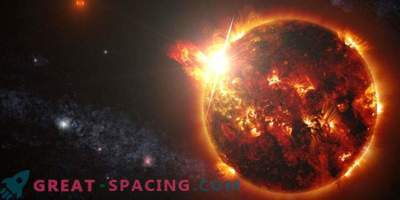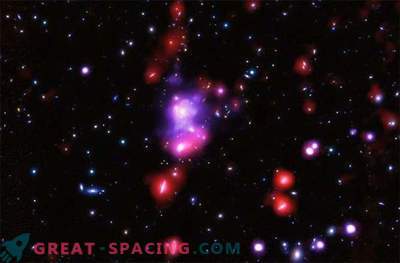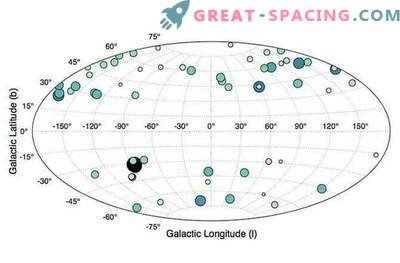
According to a new study, the Milky Way may have 100 billion brown dwarfs. These are objects of intermediate mass between stars and planets (they cannot support hydrogen synthesis in the core). They were first found in 1995 and guessed that they were a by-product of the processes leading to the formation of stars and planets.
All the brown dwarfs found up to this point are located within 1,500 light-years, simply because they are incredibly weak and difficult to detect. Many of them were in star formation sites.
In 2006, a new search was launched, focused on the five neighboring territories of stellar birth. A cluster of NGC 1333 was added, which is 1000 light-years distant in the constellation Perseus. It turned out that he had half as many brown dwarfs as stars.
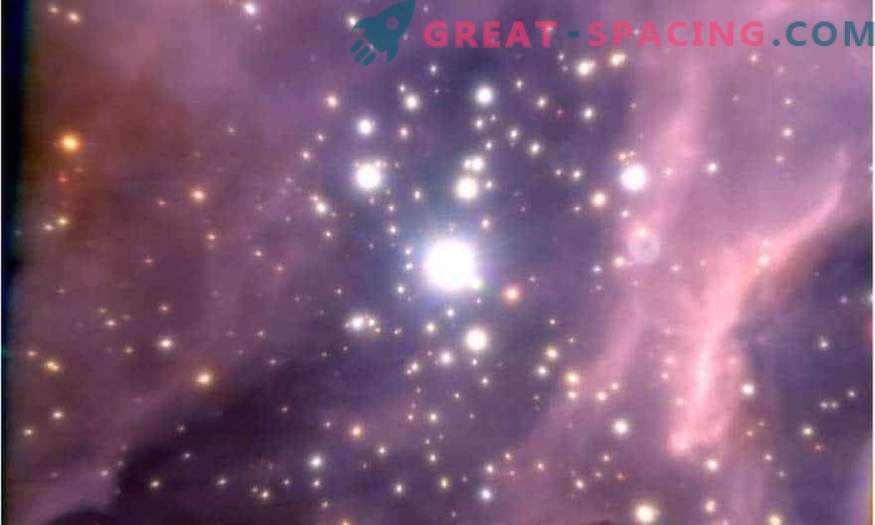
False image of the near-infrared region of the core of a massive cluster of RCW 38, removed by 5500 light years. 1.5 light-years engraved in sight To understand whether the situation in NGC 1333 is normal, the researchers in 2016 decided to test the more distant cluster of RCW 38 in Sails. It is distant by 5500 light years, which means that brown dwarfs are even harder to find. Therefore, we had to use the NACO adaptive optical camera on the Very Large Telescope.
They managed to find twice as many brown dwarfs as stars. It turns out that the medium affects the total quantity, since they are more common in dense stellar regions.

Artistic interpretation of the brown T-type dwarf
Regardless of the type of cluster, brown dwarfs are common in the universe. They are formed together with the other stars, which means there should be a lot of them. Researchers believe that the account is from 25-100 billion. Although it may be more.



